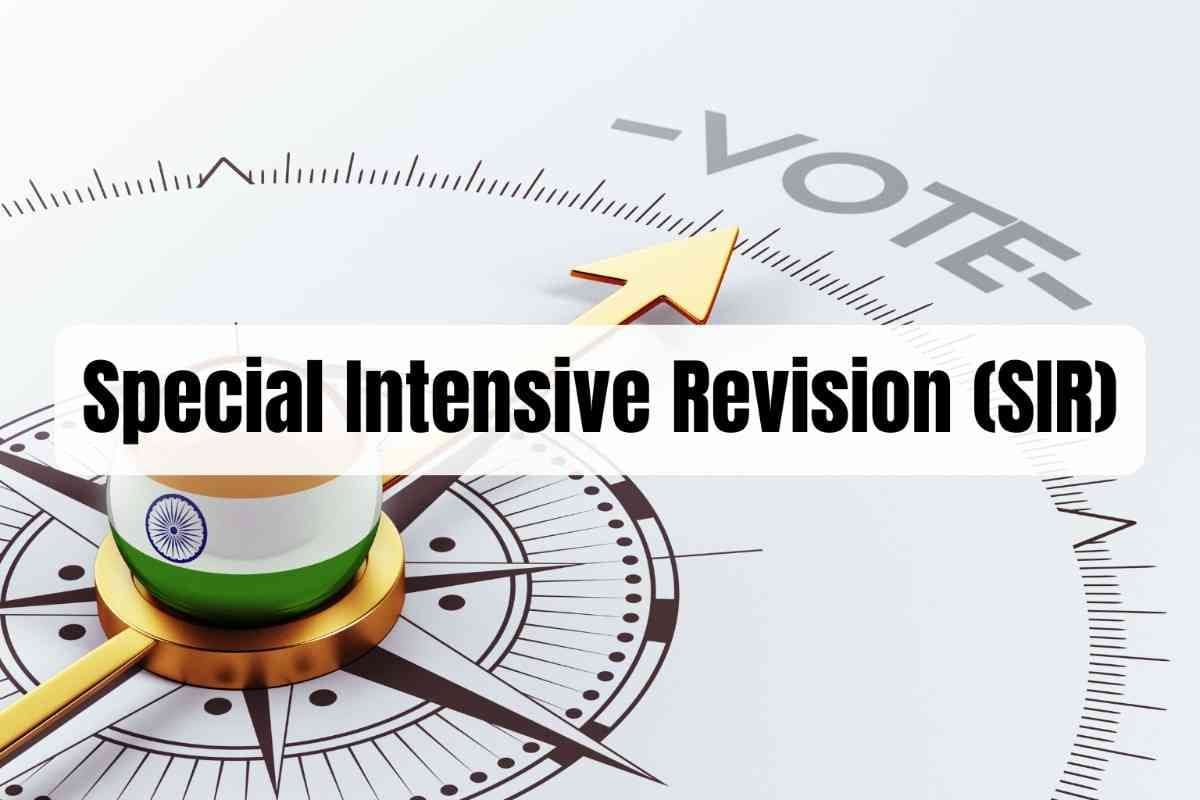Indian Army Day 2025: Honoring Valor, Leadership, and National Security
Feb, 2025
•2 min read
Introduction
Indian Army Day is a tribute to the bravery, dedication, and sacrifices of the Indian Army. Observed annually on January 15, it commemorates the day Field Marshal K. M. Cariappa became the first Indian Commander-in-Chief of the Indian Army in 1949. The day highlights the Army’s pivotal role in national defense, peacekeeping, and fostering unity.
History of Indian Army Day
- Transition of Leadership
- Marks the appointment of Field Marshal K. M. Cariappa as the first Indian Commander-in-Chief on January 15, 1949.
- Symbolizes India’s military independence and assertion of sovereignty post-independence.
- Colonial Roots
- Indian Army traces its origins to the British East India Company’s forces, later becoming the British Indian Army.
- Post-independence, it evolved into a formidable force with a focus on national security.
- Significant Role in Nation-Building
- Played a crucial role in defending India’s borders and aiding in disaster relief and peacekeeping missions.
- Contributed to nation-building through infrastructure development and community outreach.
Significance of Indian Army Day
- Celebrating Leadership and Valor
- Commemorates the historic leadership transition to Indian hands in 1949.
- Acknowledges the valor and sacrifices of soldiers safeguarding the nation.
- Fostering National Unity
- Reflects the unity in diversity within the Army, with personnel from all regions and communities.
- Promotes a sense of national pride and solidarity.
- Showcasing Military Strength
- Demonstrates India’s defense capabilities and readiness to address challenges.
- Highlights the integration of advanced technologies and modernization efforts.
- Recognizing Contributions
- Awards such as Gallantry Awards and Unit Citations honor exemplary service.
- Acknowledges the Army’s role in peacekeeping, disaster relief, and community service.
- Inspiring Patriotism
- Reinforces the importance of national security and the sacrifices made by the Army.
- Motivates citizens to contribute to the nation’s defense and development.
About the Indian Army
- Largest Branch of the Armed Forces
- Operates under the President of India, the Supreme Commander.
- Comprises six operational commands and one training command, each led by a Lieutenant General.
- Leadership and Organization
- Current Chief of Army Staff (COAS): General Upendra Dwivedi.
- Regiments: 27 Infantry Regiments, reflecting the Army’s rich history and traditions.
- Motto: "Seva Paramo Dharma"
- Translates to "Service Before Self," highlighting the Army’s dedication to the nation.
- Role and Responsibilities
- Ensures national security, territorial integrity, and peacekeeping operations.
- Assists in disaster management and humanitarian aid during crises.
- Modernization Efforts
- Focus on integrating advanced technologies, enhancing capabilities, and fostering indigenization under initiatives like Atmanirbhar Bharat.
Conclusion
Indian Army Day is not just a celebration but a tribute to the courage, dedication, and sacrifices of the soldiers who guard the nation’s sovereignty. The 77th Army Day in 2025 underscores the Army’s historical legacy, modernization efforts, and its role as a unifying force in a diverse nation. As Pune takes center stage for this year’s celebrations, the event will inspire patriotism and remind every Indian of the indomitable spirit of the Indian Army.
Related Blogs
![Vijay Diwas 2025: Why 16 December is Celebrated [UPSC Current Affairs]](/_next/image?url=https%3A%2F%2Fblog-media.superkalam.com%2FVijay_Diwas_2631842d69.jpeg&w=3840&q=75)
Vijay Diwas 2025: Why 16 December is Celebrated [UPSC Current Affairs]
Dec, 2025
•6 min read

Special Intensive Revision (SIR) of Electoral Rolls: Definition, Objectives, Significance, & Challenges
Dec, 2025
•4 min read

UNICEF Day 2025: 79 Years of Global Commitment to Child Rights & Protection
Dec, 2025
•4 min read